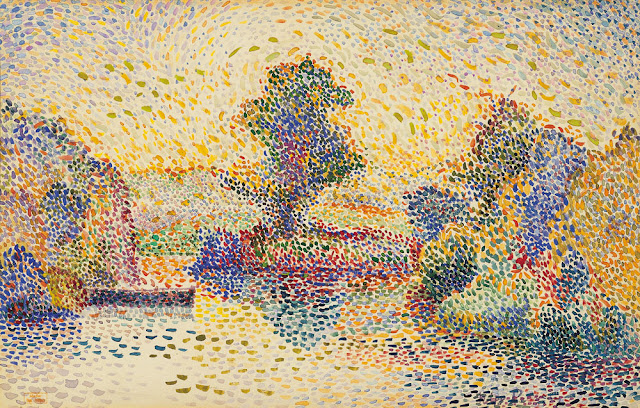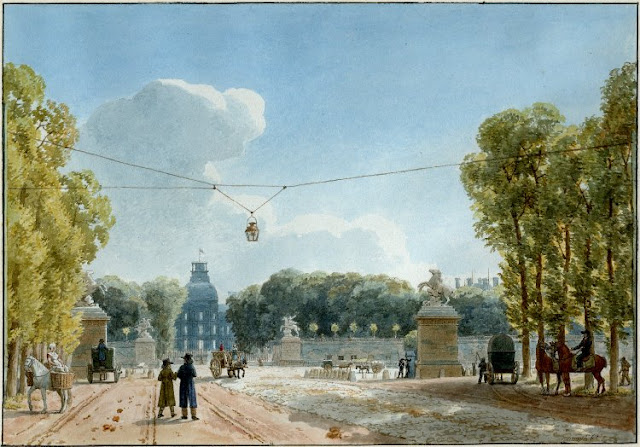 |
| Nicolas Lancret The Indecisive Shepherd ca. 1725-50 oil on canvas Victoria & Albert Museum, London |
"For Sigmund Freud himself, the destruction drive is no longer a debatable hypothesis. Even if this speculation never takes the form of a fixed thesis, even if it is never posited, it is another name for Ananke, invincible necessity. It is as if Freud could no longer resist, henceforth, the irreducible and originary perversity of this drive which he names here sometimes death drive, sometimes aggression drive, sometimes destruction drive, as if these three words were in this case synonymous. Second, this three-named drive is mute. It is at work, but since it always operates in silence, it never leaves any archives of its own. It destroys in advance its own archive, as if that were in truth the very motivation of its most proper movement. It works to destroy the archive: on the condition of effacing but also with a view to effacing its own 'proper' traces – which consequently cannot properly be called 'proper'. It devours it even before producing it on the outside. This drive, from then on, seems not only to be anarchic, anarchontic (we must not forget that the death drive, originary though it may be, is not a principle, as are the pleasure and reality principles): the death drive is above all anarchivic, once could say, or archiviolithic. It will always have been archive-destroying, by silent vocation."
"Allowing for exceptions. But what are exceptions in this case? Even when it takes the form of an interior desire, the anarchy drive eludes perception, to be sure, save exception: that is, Freud says, except if it disguises itself, except if it tints itself, makes itself up or paints itself in some erotic color. This impression of erogenous color draws a mask right on the skin. In other words, the archiviolithic drive is never present in person, neither in itself nor in its effects. It leaves no monument, it bequeaths no document of its own. As inheritance, it leaves only its erotic simulacrum, its pseudonym in painting, its sexual idols, its masks of seduction: lovely impressions. These impressions are perhaps the very origin of what is so obscurely called the beauty of the beautiful. As memories of death."
– from Archive Fever : a Freudian Impression by Jacques Derrida, translated by Eric Prenowitz (University of Chicago Press, 1996)
 |
| Sebastiano Ricci Bacchanal 18th century oil on canvas Los Angeles County Museum of Art |
 |
| Anonymous English artist Snuffbox with couple picking flowers 18th century enamel on copper British Museum |
 |
| Joseph Nollekens Merucry in repose 18th century terracotta private collection |
 |
| Antonio Canova Orpheus 1776 marble Museo Correr, Venice |
 |
| Donato Creti Mercury and Paris 1710s oil on canvas Palazzo d'Accursio, Bologna |
 |
| Hubert Robert Fallen Roman Capitals 18th century drawing British Museum |
 |
| Claude-Joseph Vernet View of Naples 1748 oil on canvas Louvre |
 |
| Henry Fuseli Satan and Death with Sin intervening 1799-1800 oil on canvas Los Angles County Museum of Art |
 |
| Pierre-Paul Prud'hon Mélidore et Phrosine (opera, 1794) etching 1797 British Museum |
 |
| John Flaxman Illustration to Dante's Inferno 1793 engraving Bibliothèque nationale, Paris |
 |
| Thomas Gainsborough Study of a Lady ca. 1785 drawing private collection |
 |
| Thomas Gainsborough Study of a Lady & a Child ca. 1785 drawing Getty Museum, Los Angeles |
 |
| Jacques-Louis David Homer reciting his verses to the Greeks wash drawing 1794 Louvre |









































